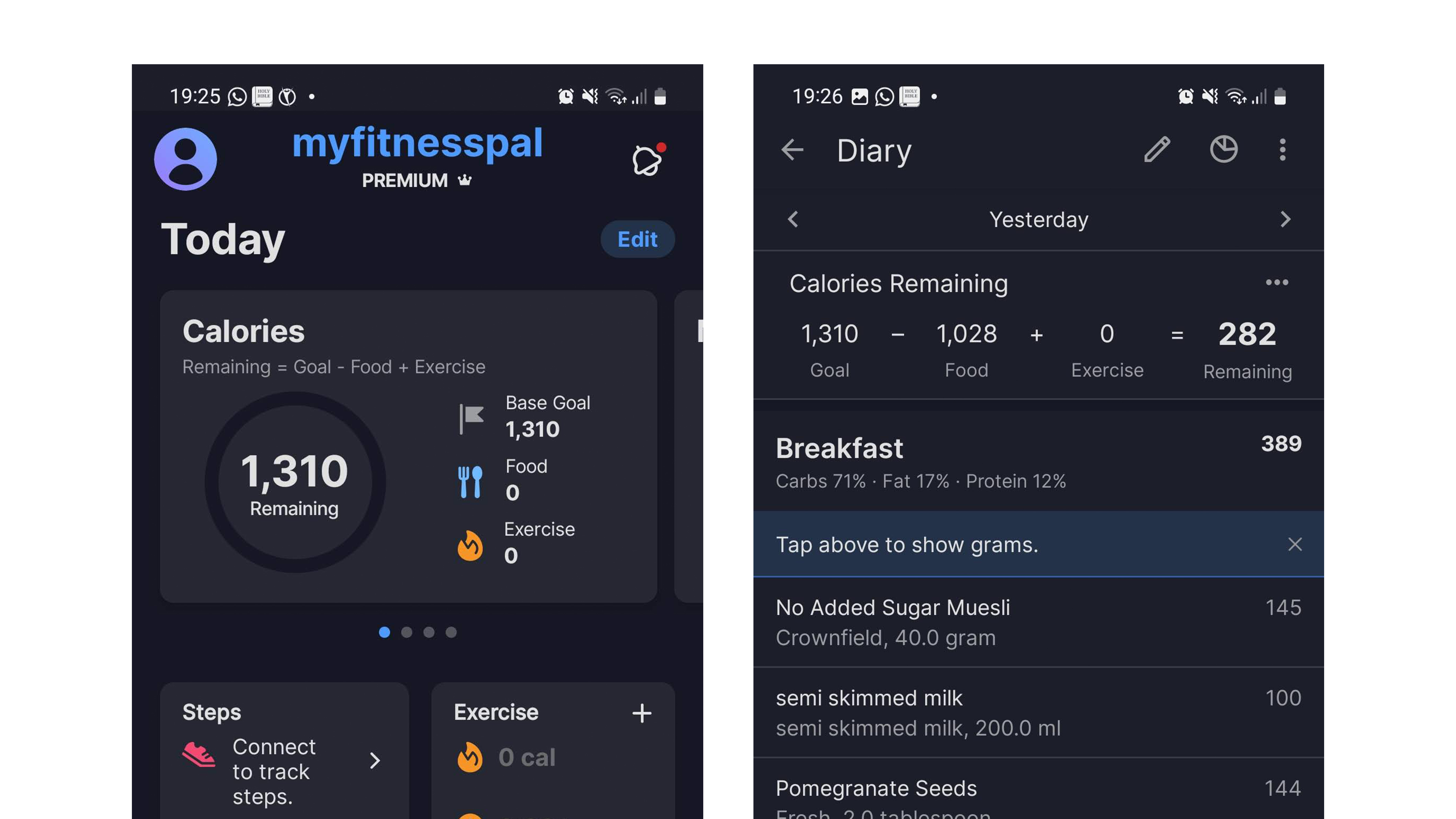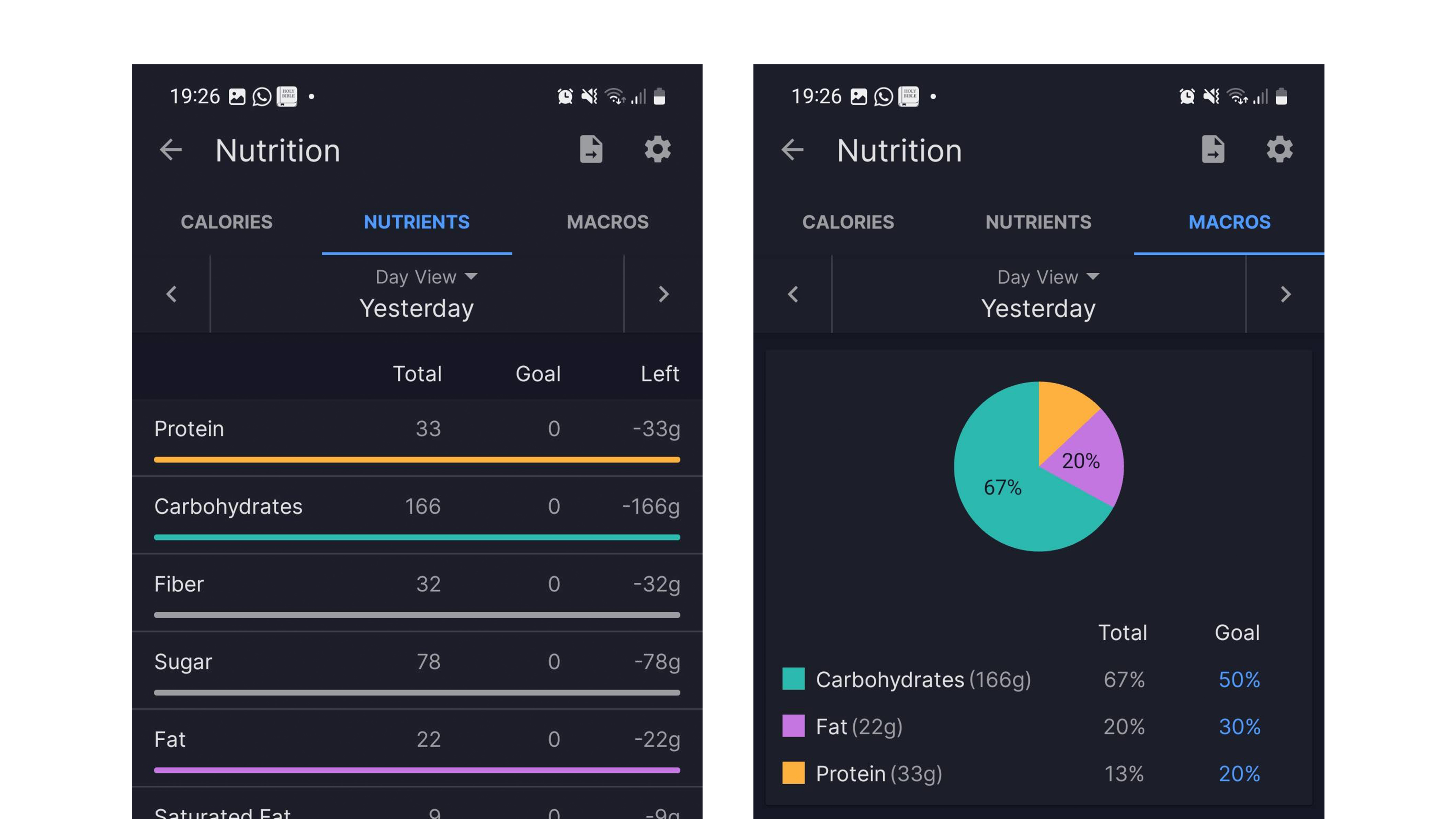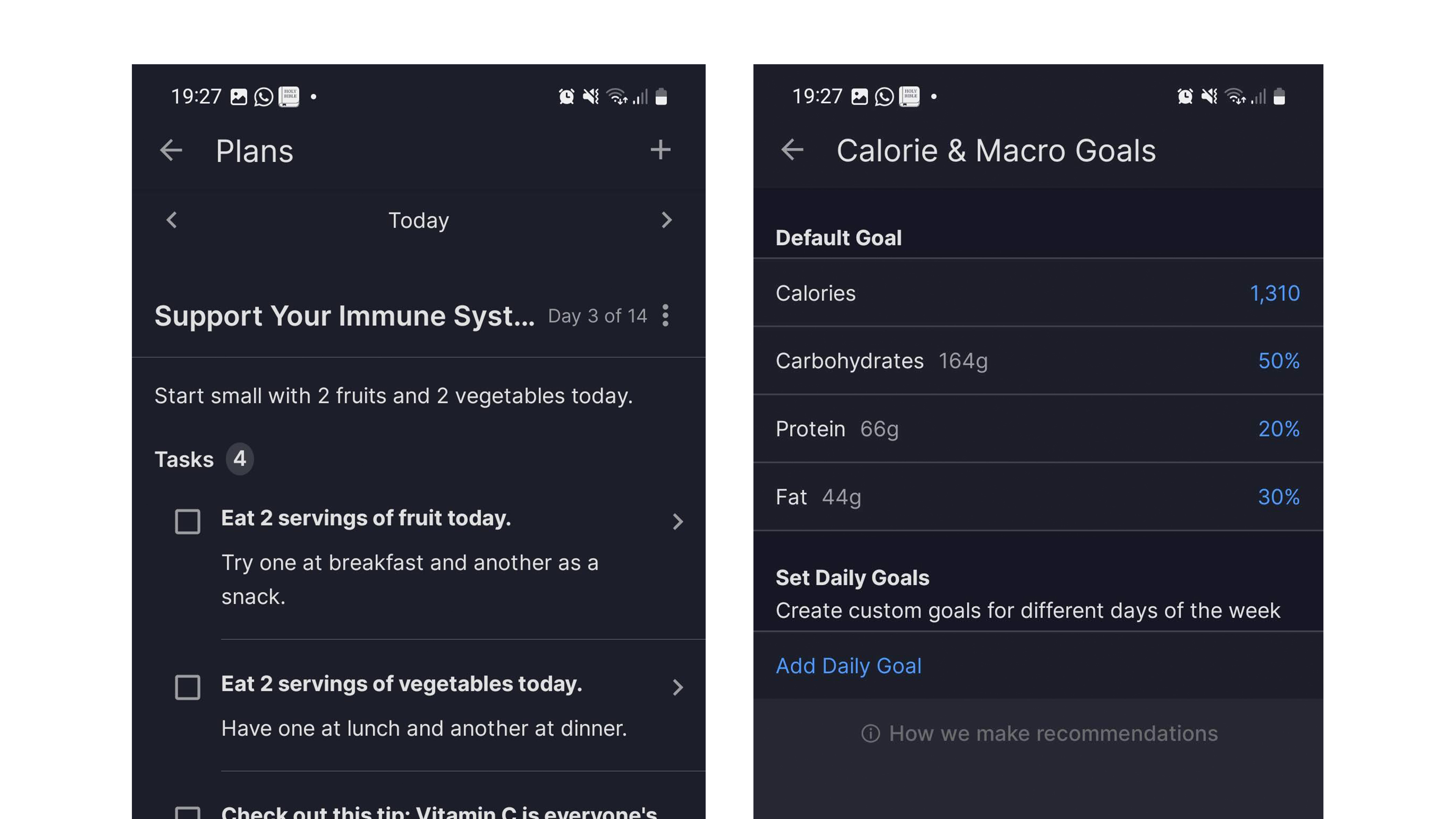[ad_1]
It was one of those moments that I don’t think I’ll ever forget. What should have been a simple checkup resulted in a baffled doctor and a trip to phlebotomy to get my bloods done. I’m not one for worrying about these things, but I suppose it played on my mind a little. A few days later, the results were in. “I’m afraid you’re pre-diabetic.” What?
I knew that if I was going to get this under control, then I needed to sort my diet out, and I was sure there would be an app to help me out. My research has always led me to believe that those who set goals are more likely to achieve what they want in life. With that going around in my mind, I set off in search of an app that had goals at the heart of its functionality. After looking at a few, I settled on myfitnesspal.
Homescreen heroes
This is part of a regular series of articles exploring the apps that we couldn’t live without. Read them all here.
From the get-go, I was able to set specific goals related to nutrients, and I was particularly interested in setting them for carbohydrates. As these are our main sources of energy, I needed to closely track them and better manage my blood glucose levels. Once I upgraded to the Premium version, I could set precise gram-specific goals for carbs, fat, and protein, which was all very helpful.
After working out what I wanted to achieve, it was then a case of taking the time each day to record the data of what I was eating and what exercise I was doing. This will always involve some hard work, manual entry, and commitment, no matter which health-tracking app you’re using. Myfitnesspal is one of the easiest to use, though, with the ability to scan food barcodes and even photograph food on a plate.

The latter is called Meal Scan and uses machine learning and computer vision to detect and recognize foods. Having been trained on millions of images of food, the app can compare images to its vast database and then decide exactly what is on the plate.
It does a remarkably good job of this and is a far quicker way than individually entering food items, although that is also possible. Even though the latter is likely to be more accurate, I preferred the automatic scanning option to make the process more manageable.

As the day goes on and the meals are added, the app gives a detailed breakdown of what you’ve eaten based on calories and nutrients. Seeing the number of carbs I’ve eaten after lunchtime was particularly helpful because I could tailor my evening meal to make sure I didn’t go above my target. The breakdown also helped educate me on what was high in carbs. For example, did you know that apples are quite high in carbs? I didn’t!
Myfitnesspal also provides specific meal plans for people who want to take all the guesswork out of adjusting their diet. I preferred to make my own decisions, but I could have easily started a low-carbohydrate meal plan, which would have specifically tailored my eating to keep me within my goals.

I was obviously super motivated to do everything I could to drop my pre-diabetes status, but I also recognized that having different, less rigid, goals on the weekend was also going to be important to sticking with the routine over weeks and months. I was therefore glad to find, on the premium version, that I could set day-specific goals. As a result, I could factor in a sweet treat or a special meal, so it wasn’t dull drudgery every single day of the week.
Myfitnesspal has been exactly that—a friend who has come alongside me in my hour of need and guided me through the process of getting me back on track with my eating. Having detailed nutrient breakdowns at my fingertips has empowered me to make decisions that will hopefully help me leave the world of pre-diabetes behind me.
You can get an annual premium plan of myfitnesspal with meal scanning, custom macro tracking, and an ad-free experience for $79.99/ year (£64.99 / year).
[ad_2]
Source Article Link

